Get wildlife gardening advice from the experts with these comprehensive books. We've gathered up our favourites, from overviews of wildlife gardening to gardening with specific groups or habitats in mind, such as pollinators and ponds.
If you're looking for more wildlife product inspiration, browse our articles on gifts for wildlife gardeners, best garden bird feeders and best garden bird feed.
And whilst you wait for your new book purchase to arrive, check out our wildlife gardening hub which includes a variety of how-to guides, advice on the best plants, and which species you might find, plus details on how to download our free wildlife gardening digital magazine.
Best books on wildlife gardening
Wild Your Garden, by The Butterfly Brothers

A “feral” childhood shaped ‘The Butterfly Brothers’, aka Jim and Joel Ashton, into naturalists and wildlife gardeners and led to this book on wildlife gardening and how to “create a sanctuary for nature”. The book is split into six sections: Assess Your Space, Trees and Shrubs, Wildlife Ponds, Nectar Borders, Wildflower Meadows, and Welcome More Wildlife, and packed with lots of great advice for welcoming a diverse range of wildlife into your garden, from tiny invertebrates to mammals.
How to attract birds to your garden, by Dan Rouse
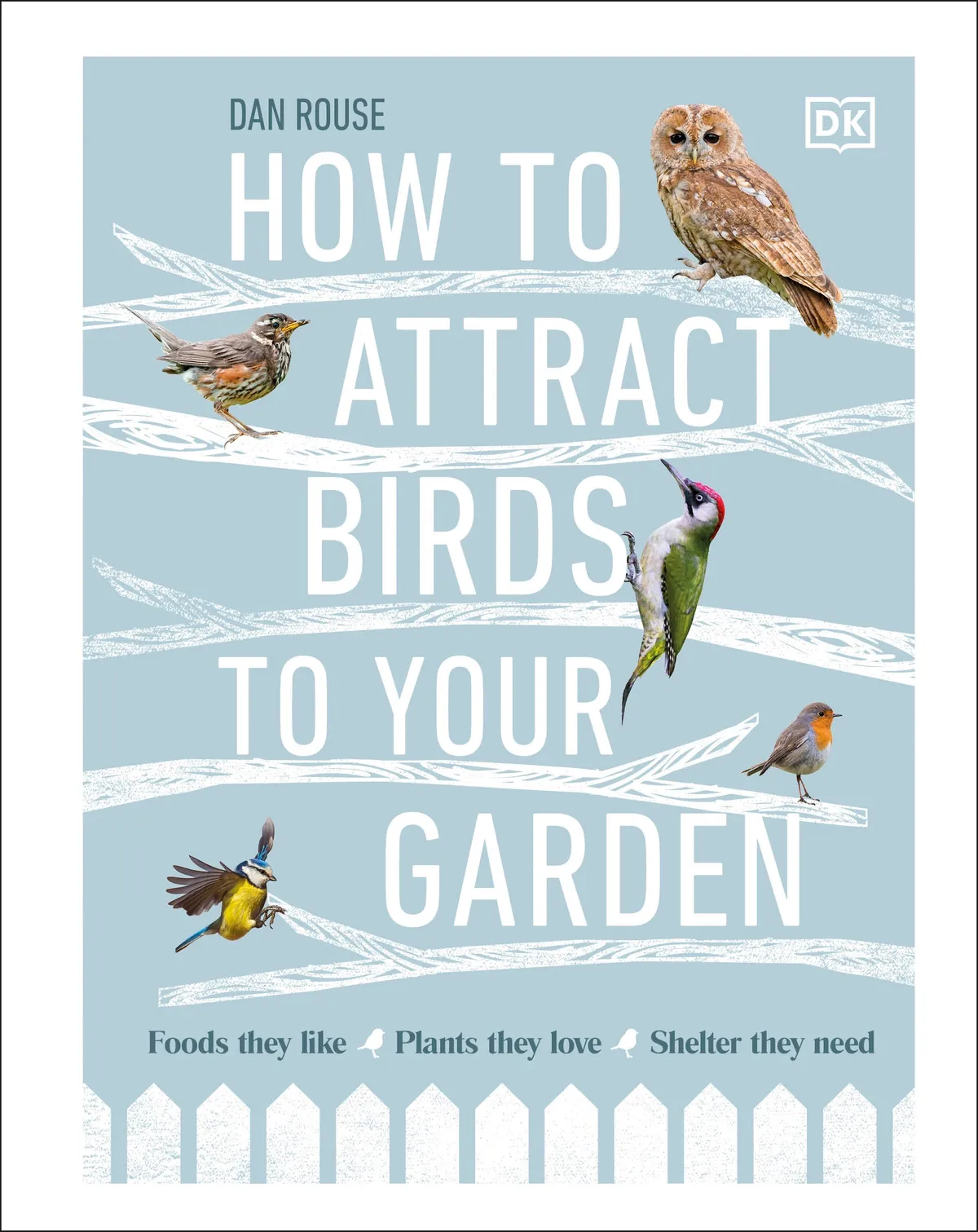
If I’d had access to this book when I last moved house and re-worked the garden, I reckon I’d now be attracting most of the birds on the British list! OK, I exaggerate, but you’d be hard pressed to find a more useful, readable and attractive guide to creating a thriving domestic ecosystem than this one.
Dan’s book addresses every aspect of nurturing a wildlife garden, not only for birds but invertebrates and small mammals too. Take the section on plants for moths. I provide for my birds, butterflies and bees, but I’d never thought about that sort of specialism – my local nursery should expect a visit.
Chapters cover food, water, shelter, why and what to choose; caring for the health of the garden and its visitors; bird species and behaviour; and dealing with problems. Each section builds on the one before to give you irresistible reasons to transform your space.
Reviewed by Sheena Harvey, former editor of BBC Wildlife
Read extracts from Dan Rouse's book on how to make a small pond for wildlife and how to make a garden bird nestbox.
Gardening for Bumblebees, by Dave Goulson
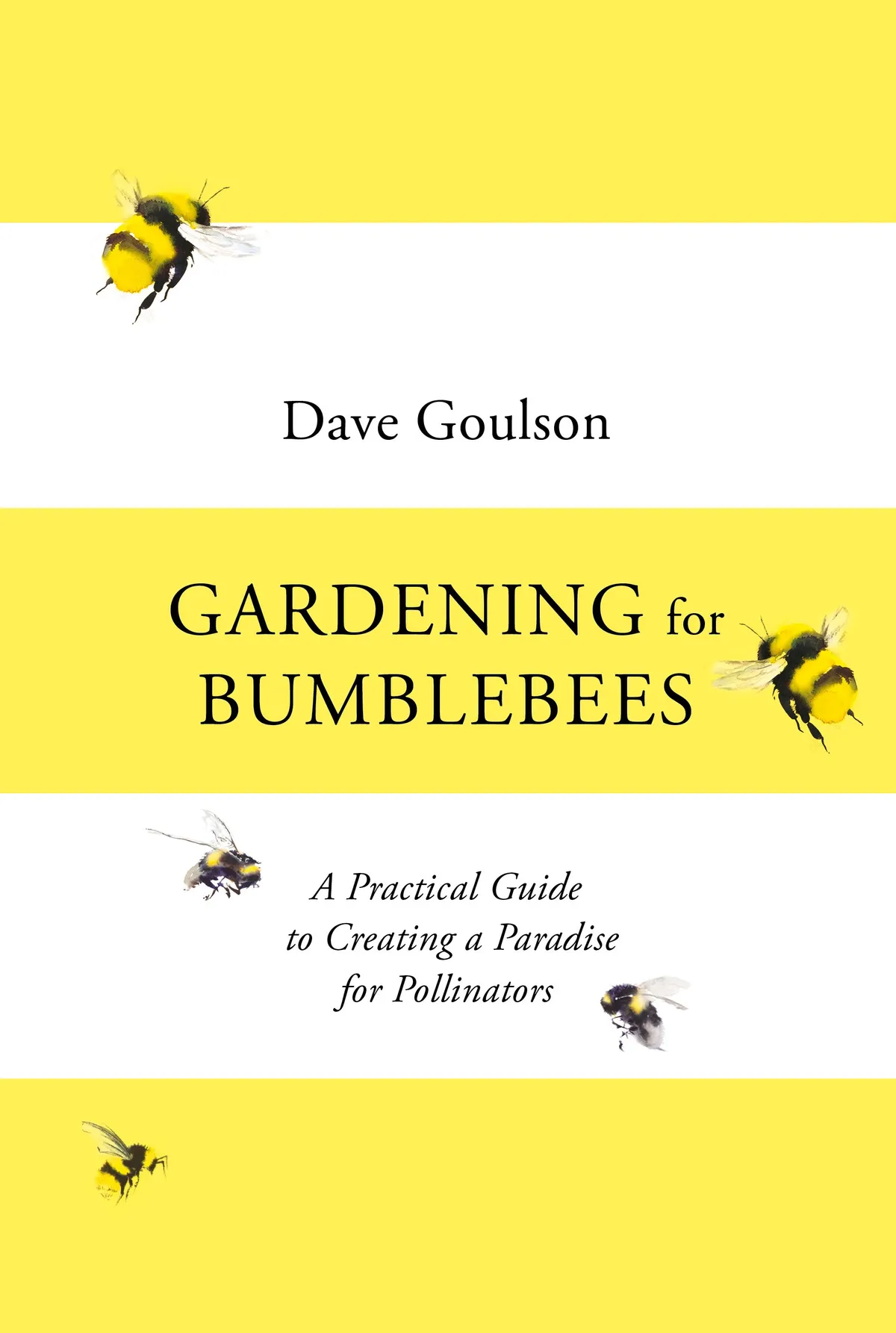
Professor of Biology at the University of Sussex and author of a number of insect books already, Dave Goulson is an expert on pollinators and what they need in wildlife garden. In Gardening for Bumblebees, he introduces the common garden pollinators – not limited to just bumblebees, but also covering solitary bees, butterflies, hoverflies, beetles, and more, then takes the reader through the best garden plants for these insects, covering both native and non-native plants. The book also covers creating wildflower meadows, providing nest sites, and pest control without using pesticides. All in all, a very thorough and useful book by an expert in the field.
Read Dave Goulson's guide to the best plants for pollinators and how to identify and attract pollinators to your garden.
How to garden the low-carbon way, by Sally Nex
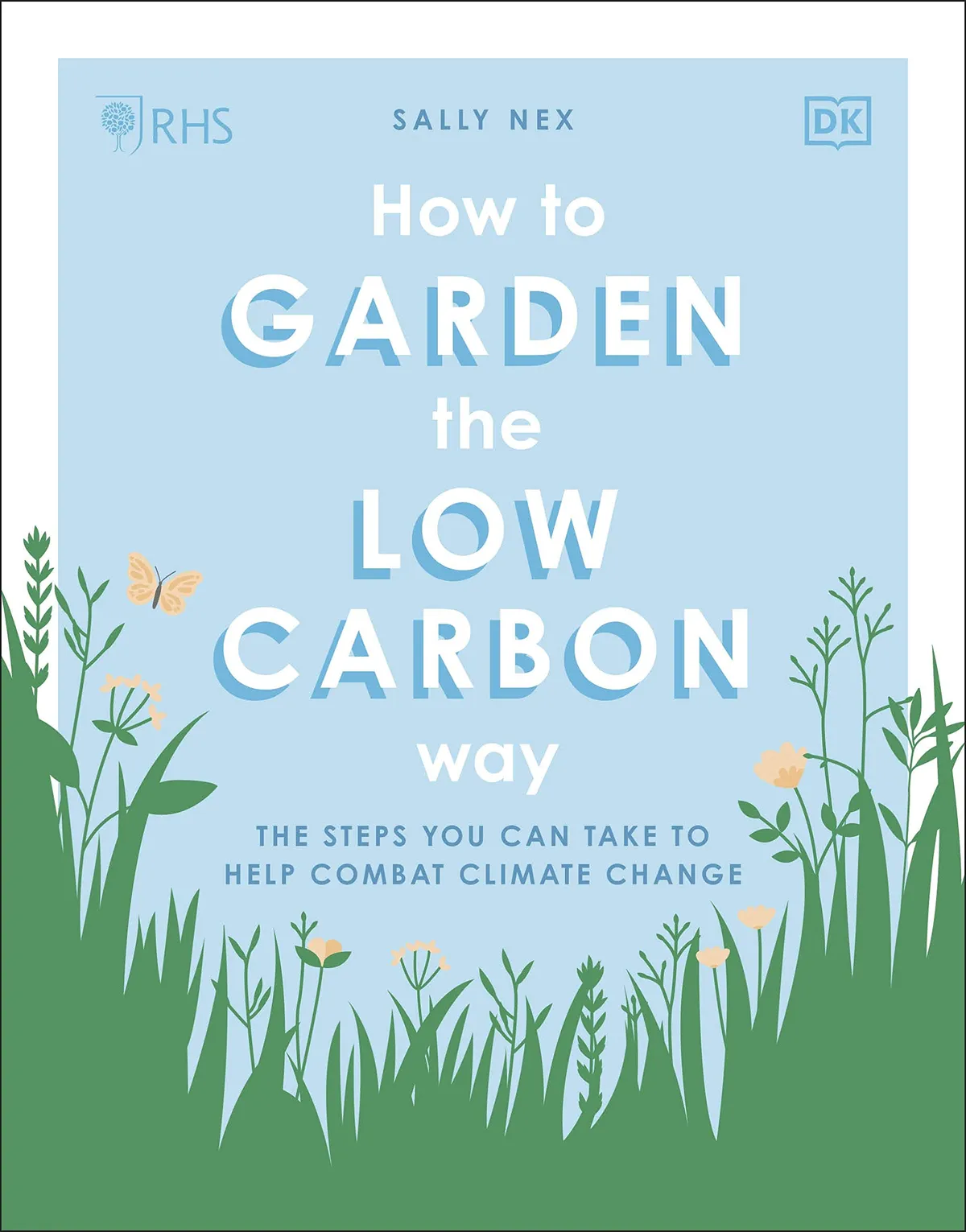
Wildlife gardening has long had a link with being eco-friendly, but this book by Sally Nex really emphasises and provides advice on reducing your carbon footprint. As she says in the introduction, “Each and every garden is a tiny carbon sink, with every plant busily vacuuming carbon dioxide from the air then locking it away fo years.”
There's lot of ideas for making a difference, no matter the size of the garden, including going peat free, creating a low-water garden, carbon offset planting, and making your own compost.
How to Create a Wildlife Pond, by Kate Bradbury
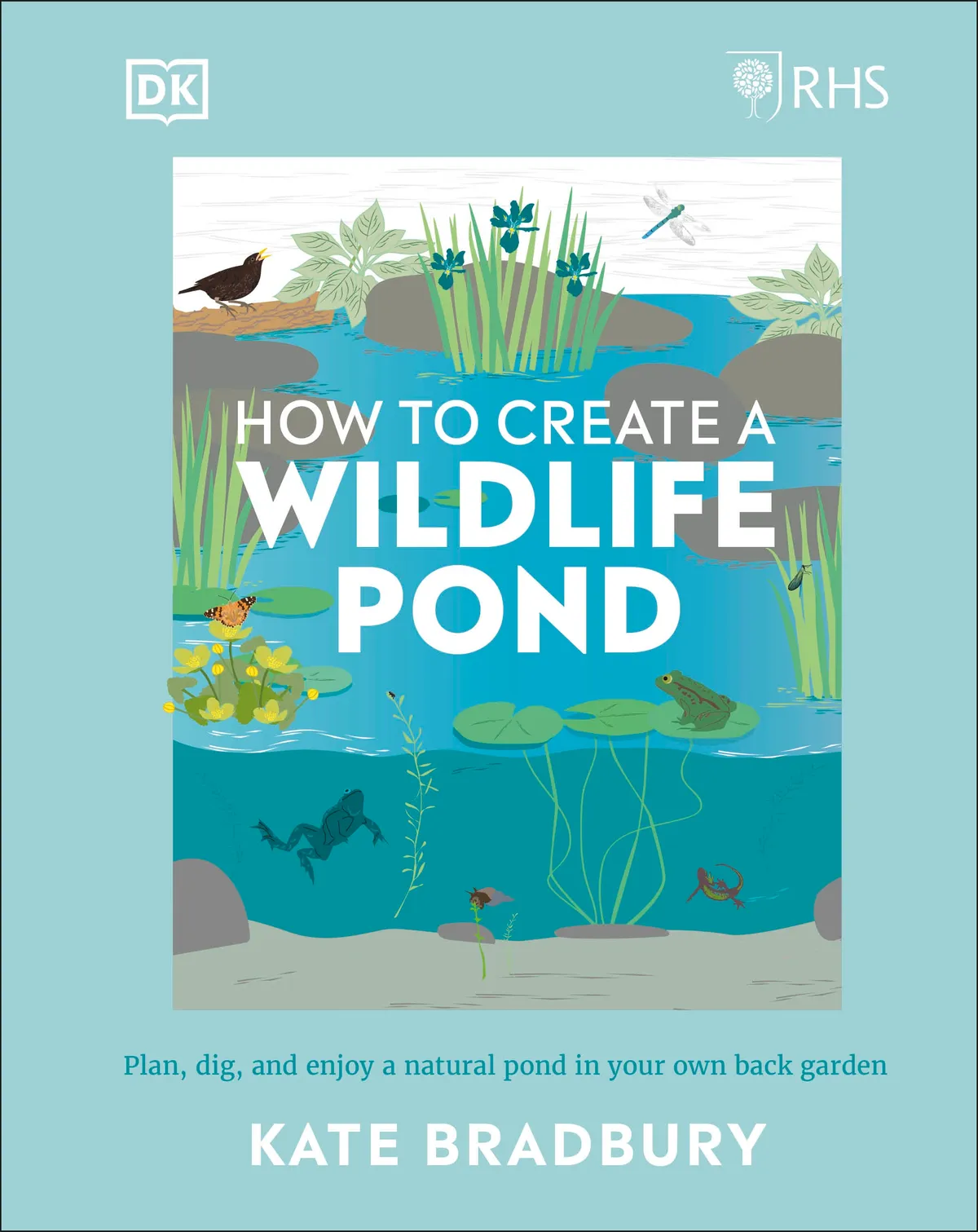
As author, wildlife gardener and writer Kate Bradbury says in the introduction to this book, “a pond is about the best thing you can introduce to your garden.” Both for bringing pleasure for its human residents, and for attracting a diverse range of wildlife species to the garden that otherwise may not visit, including amphibians, fish and invertebrates. In this book, she focuses in everything pond-related from how to plan for a pond, the different types of pond (and there are a number to choose from), the different species that may visit, and how to care for a pond throughout the year.
Read our interview with Kate Bradbury about her previous books, an extract from Kate Bradbury's book on how to go pond dipping, and a step-by-step guide on how to make a bee hotel from her Wildlife Gardening: for everyone and everything book.
Wild About Weeds, by Jack Wallington
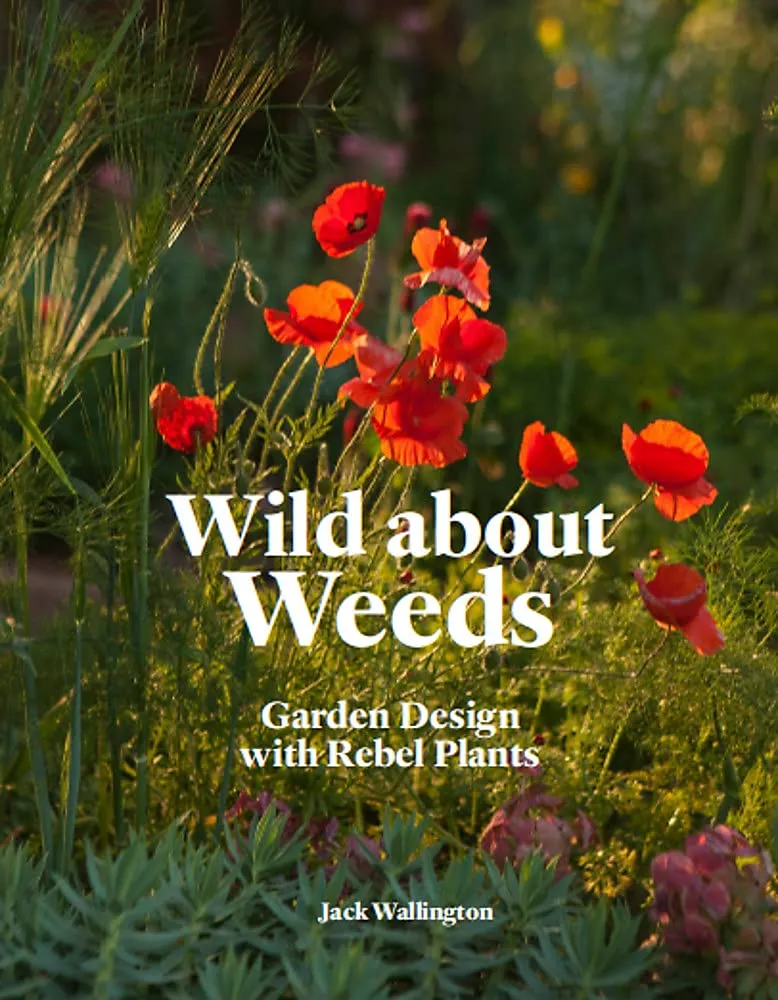
Chosen by The Times as the ‘Gardening Book of the Year’ in 2019, Wild about Weeds is by landscape designer and writer Jack Wallington and he urges us to “stop for a moment to appreciate weedy plants, without the negative propaganda” and to consider how the plants we often deem as “weeds” could actually “transform your garden in the most beautiful and unpredictable ways.”
After a quick overview (including which species to avoid, such as ground elder, hedge bindweed and green alkanet), the book is split into two parts. The first looks at how to bring weeds into your garden, such as finding weeds, and how to collect and store seeds. The second focusses on the different ways weeds can be used in the garden, from colourful and sunny borders to containers, pots and window boxes.
How to make a wildflower meadow, by James Hewetson-Brown

James Hewetson-Brown knows how to make wildflower meadows – his turf was used for the London Olympics and several Chelsea Flower Show gardens. In the most comprehensive guide to creating a meadow I’ve ever seen, he discusses the pros and cons of using seed, the merits of adding annuals and how to keep the display going for as long as possible. His book leaves us with no excuses not to try creating meadows of our own.
Reviewed by Kate Bradbury, wildlife gardener and author
Companion to Wildlife Gardening, by Chris Baines

Chris Baines’s book How to Make a Wildlife Garden was first published in 1985, the year his wildlife-friendly show garden ruffled feathers at the Royal Horticultural Society (RHS) Chelsea Flower Show. The bestseller has been reprinted several times and is now, some 30 years later, happily endorsed by the RHS. It’s also had a makeover, been given a new name and images, and contains the latest research and statistics on issues such as bee declines.
Essentially, it’s the same book – but why fix something that isn’t broken? There are the same chapters on creating habitats, with detailed advice on the woodland edge, garden ponds, kitchen gardening and propagating wild plants, as well as how to study and record wildlife. By starting in our gardens we can have an eye on what’s outside them, knowing that our plots are part of the tapestry of habitats that shelter a huge range of species.
Reviewed by Kate Bradbury, wildlife gardener and author
Main image: A woman takes a break from working on her allotment to read a book. © Dougal Waters/Getty
